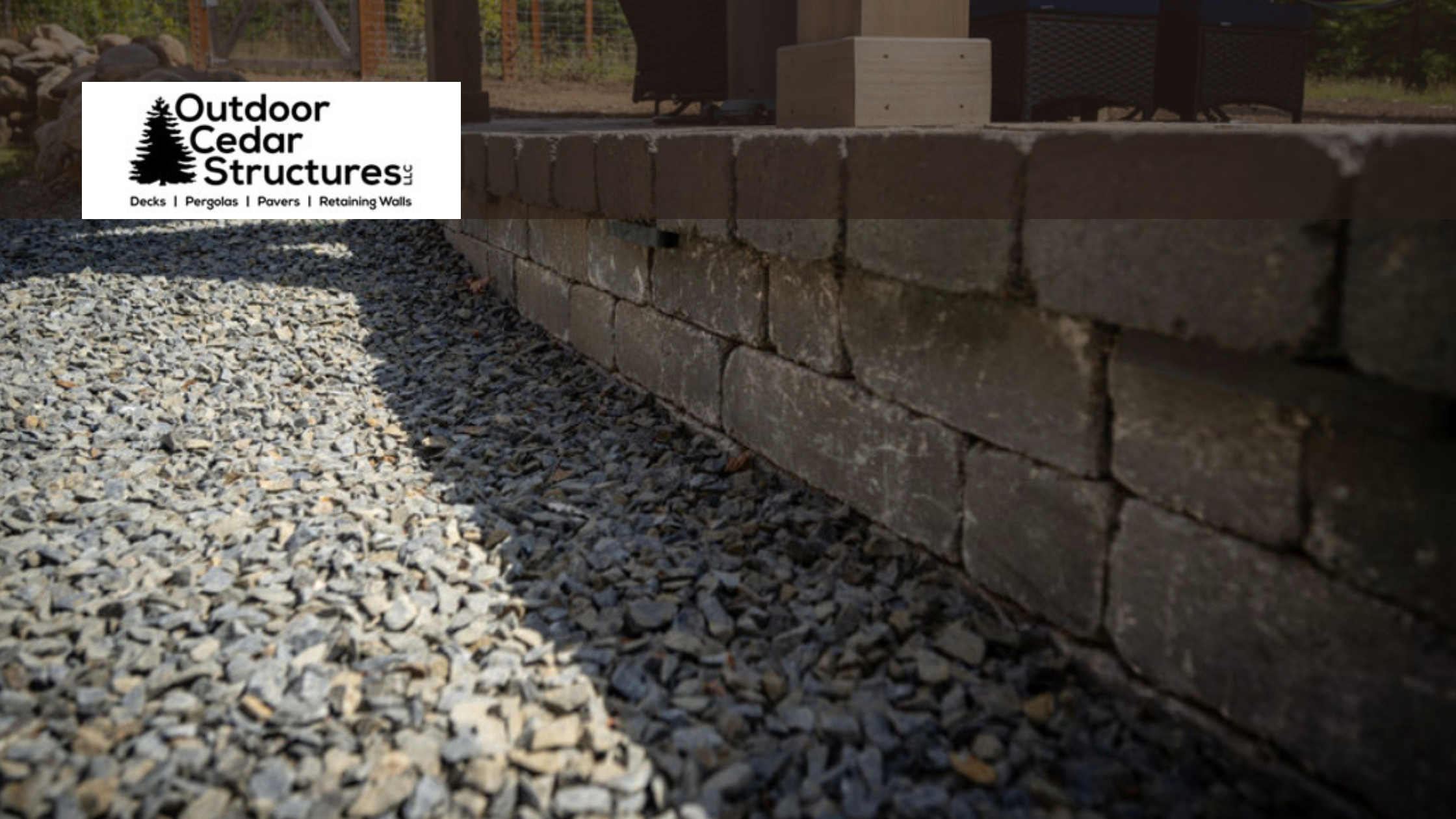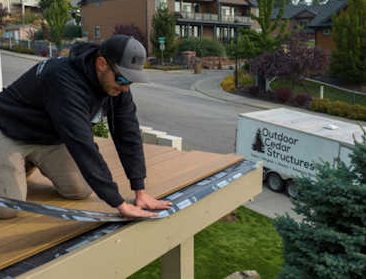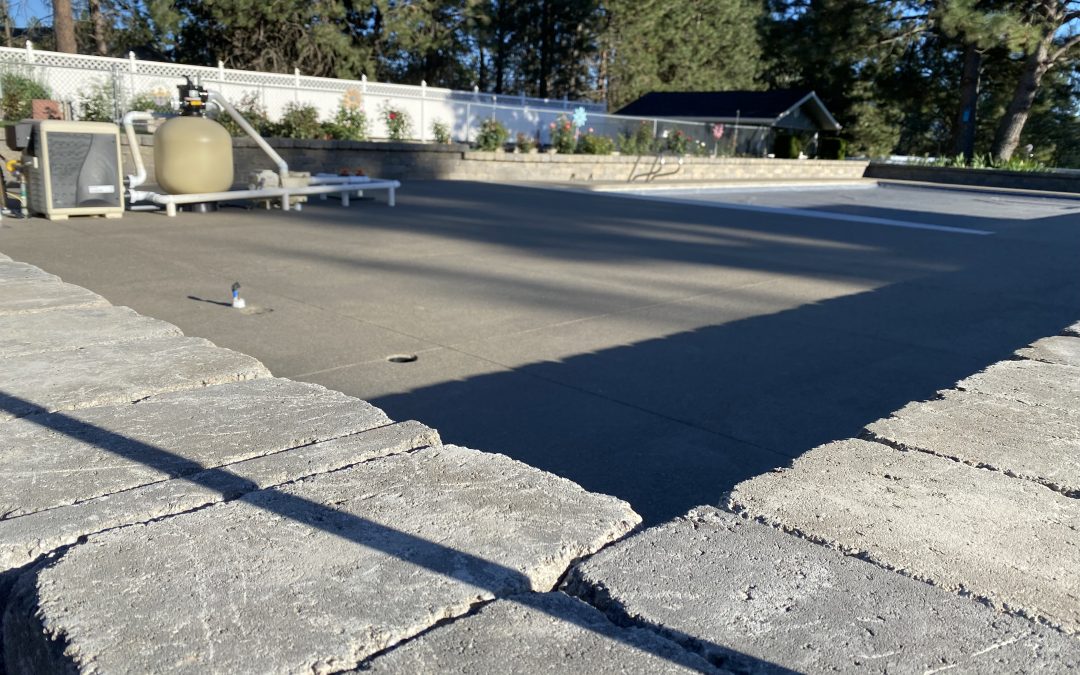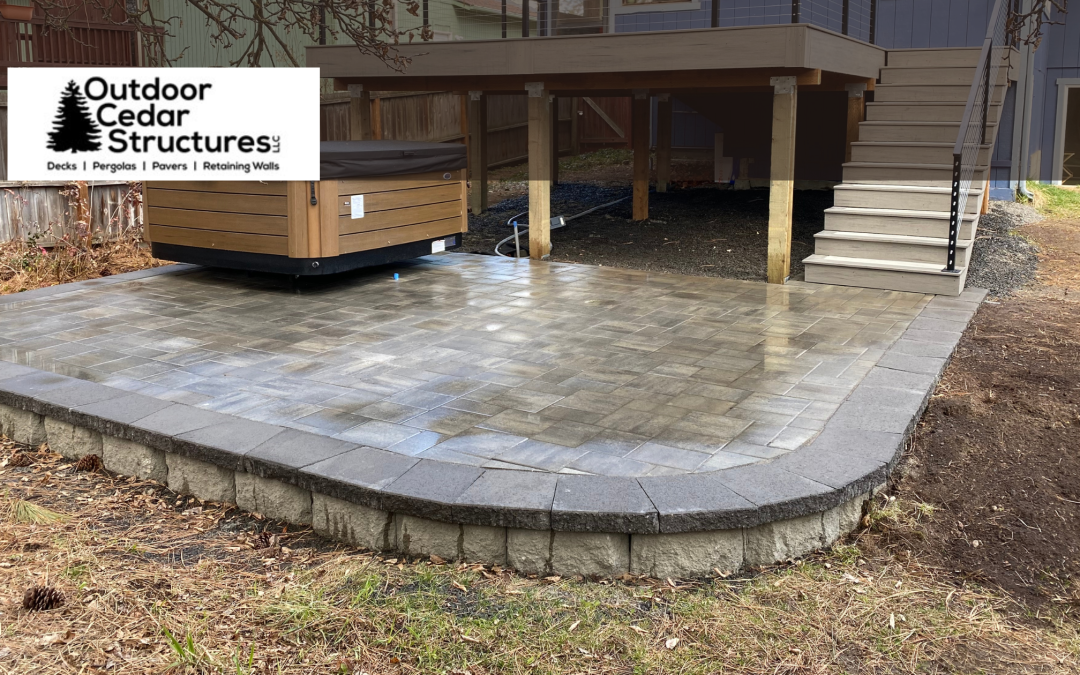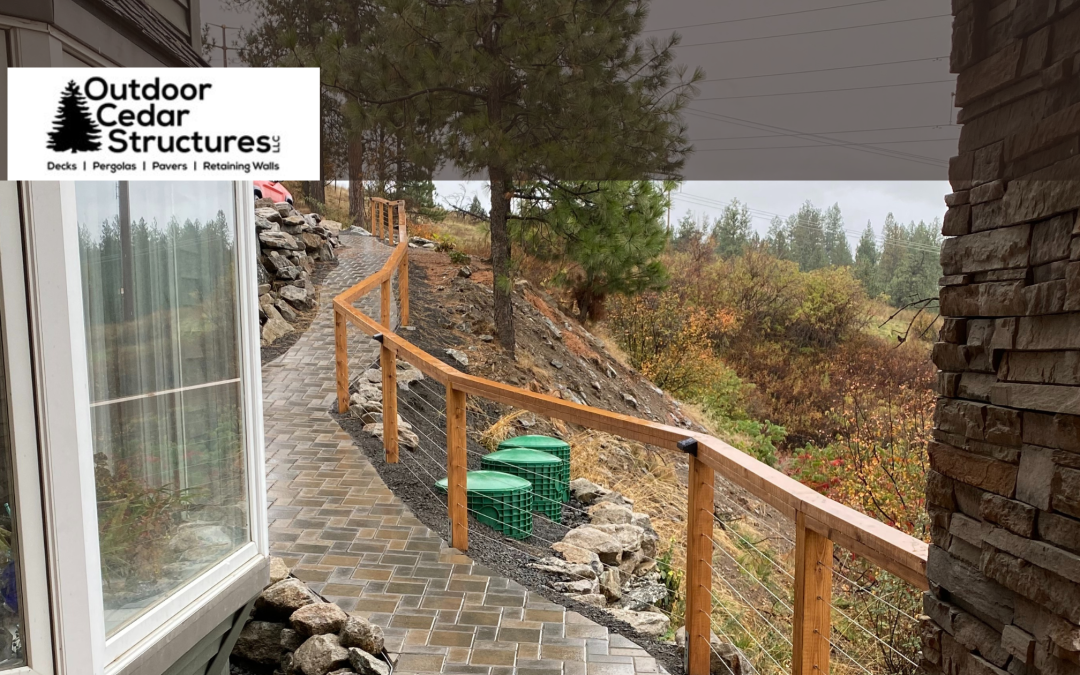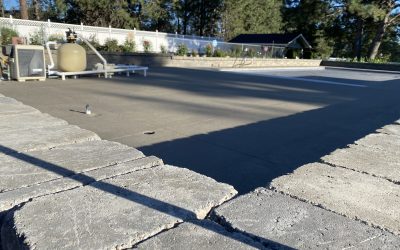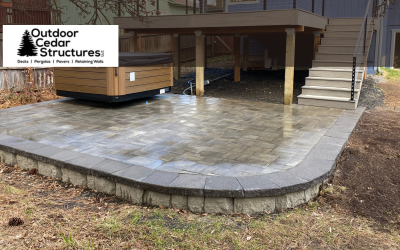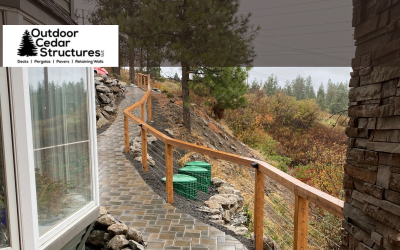Retaining walls used to be solely for preventing erosion. But they’re not just functional structures any more—these days, they are also used as design elements to create a beautiful and stylish outdoor space. And while they’re built to last, even the toughest ones need some TLC from time to time to withstand the elements and everyday wear and tear.
If you have a retaining wall, you should take the necessary steps to ensure they remain in good condition. Regularly inspect for issues and get them fixed by a reputable contractor.
At Outdoor Cedar Structures, we are proud to be certified retaining wall contractors in Spokane, WA. If you are looking for tips to maintain and repair retaining walls, look no further than our skilled team. This blog will help you with the essential things you should know.
10 Maintenance tips for your retaining walls
Like any other part of your home, a retaining wall is not immune to the effects of time and weather. This wear and tear can shorten the lifespan and make it more susceptible to damage. But don’t worry! There are some simple things you can do to keep your retaining wall looking its best and functioning correctly for years to come:
Pull out the weeds regularly.
Weeds might seem harmless to your retaining wall but are among the biggest threats to the structure’s durability. This is because they grow between tiny spaces in the wall, expand, and create shifts and gaps. So, take the time to check for weeds and remove them regularly. Looking for a quick solution? Invest in a high-quality weed killer and apply it twice a year.
Avoid using materials that can erode your retaining wall
Are you thinking about applying de-icing material or salt to your retaining wall? While it can keep snow and ice from accumulating, it can also speed up erosion.
Routinely check for movement.
While picking weeds, look for signs of shifting or movement along the retaining walls. Even the most minor shift can be potentially problematic, so don’t ignore it and call professional contractors to get it fixed.
Make sure water has somewhere to go.
Some retaining walls have built-in drains, while others might have gravel drainage channels nearby. No matter the setup, make sure that the drain is clear and free of leaves, debris, or other blockages. Proper drainage allows water to flow freely away from the wall, which is especially important during winter when snow melts. If melted snow and ice can’t drain properly because of a clogged drain, it can pool around the wall and cause erosion.
Take care of the plants around the wall.
Unlike destructive weeds, healthy foliage, grass, and plants can do wonders to maintain your retaining wall and increase its lifespan. Plants and grass help keep the soil in place around the retaining wall while offering a firm foundation to prevent the ground from shifting. So, make sure they are well taken care of to avoid movement.
Check the ground around the wall regularly for bare spots and fill them in with new plants. Mulch or vegetation helps absorb rainwater and minimize the speed of water runoff.
That said, avoid plants that tend to grow longer roots or those that are too heavy that they weaken and crack the wall. Pull off unwanted growths periodically and consider using an herbicide to prevent regrowth.
Hire professionals to inspect your retaining wall.
A professional inspection might seem unnecessary, but it can be a worthwhile investment to prolong your retaining wall’s lifespan. Small issues can lead to catastrophic failures quickly, and if you wait until there is an obvious problem then it may be too late. Aim to have experts check your wall at least once a year so you can identify and fix any issues as soon as possible.
Avoid overloading
Don’t place heavy objects on or near the retaining wall. Too much additional weight and pressure can lead to potential damage. If you plan to add heavy garden accessories, features, or large trees, make sure they are positioned at a safe distance.
Keep it clean
Moss, algae, dirt, and other debris can accumulate on retaining walls over time, compromising the structure. Brush them off with soapy water and a gentle brush. We don’t recommend using a high-pressure washer because it can damage your wall.
Don’t let cracks grow.
Fix cracks as soon as you see them! Any small cracks and loose stones or bricks can worsen over time and become expensive to fix. Just be sure, if cracks are developing that you address the cause of the cracks (i.e. drainage problems, or weeks as described above).
Look out for pests
Termites, ants, and other pests can weaken the retaining wall, so regularly check for signs of pest activity and contact a pest control service immediately to deal with any problems.
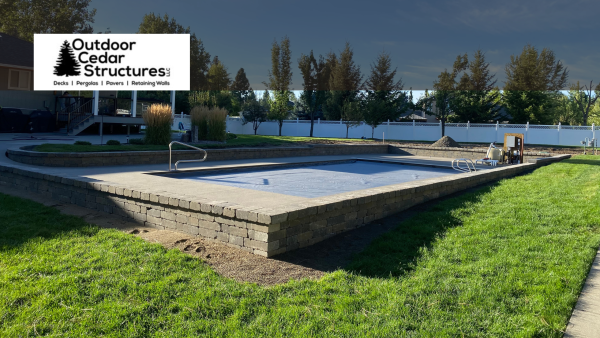
Keep your retaining wall looking great.
Do you need help maintaining or repairing your retaining walls? Call (509) 329-6054 to schedule a free consultation with our experts at Outdoor Cedar Structures.

